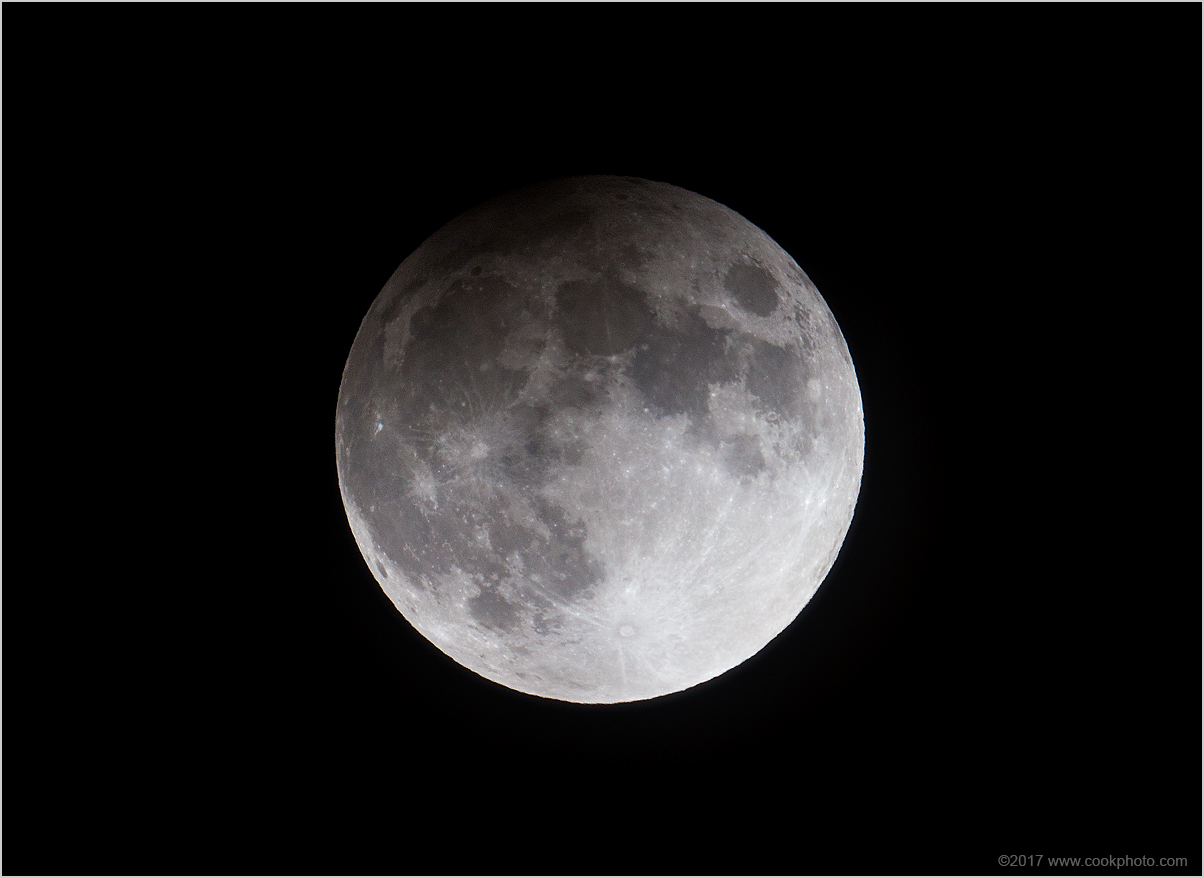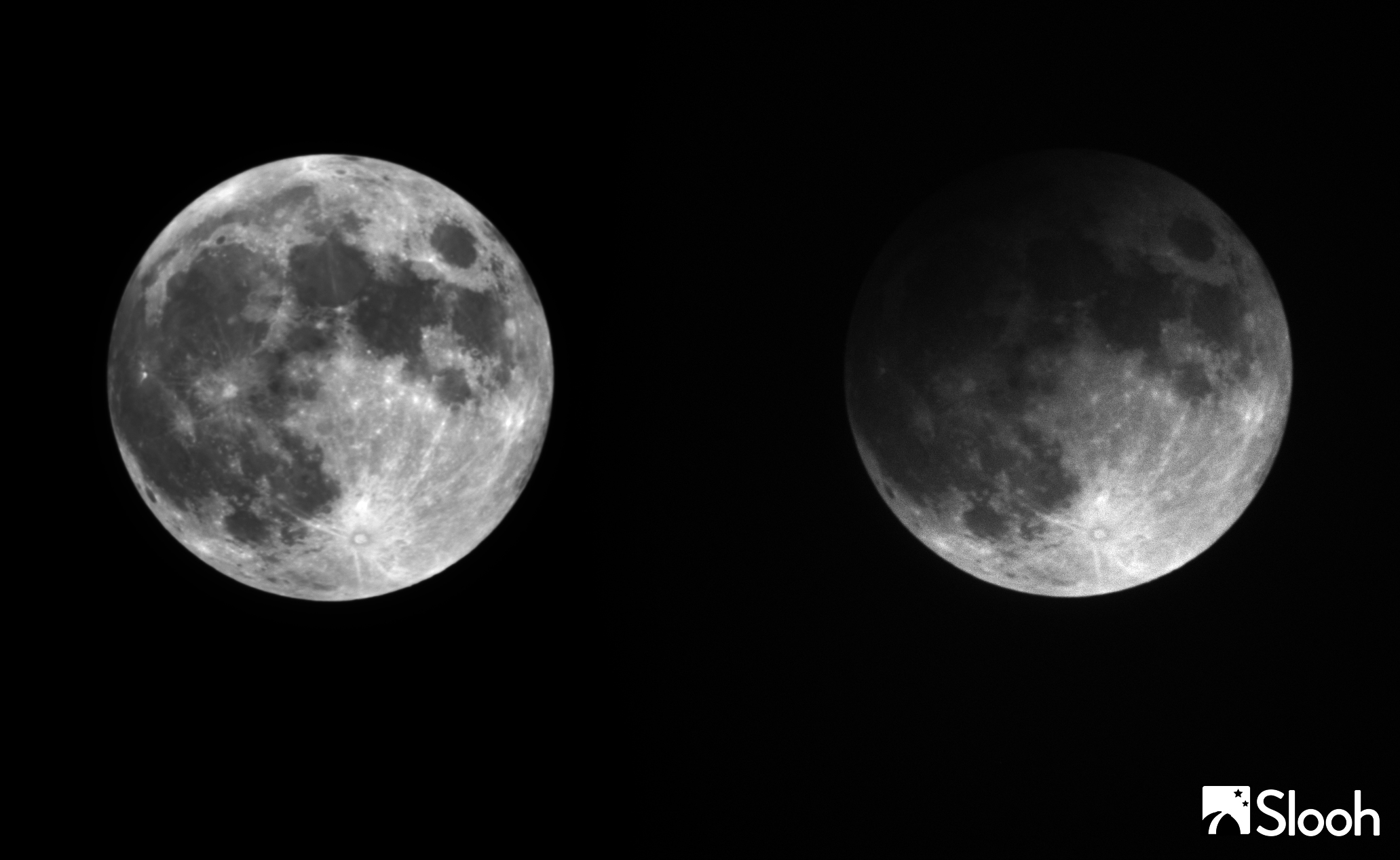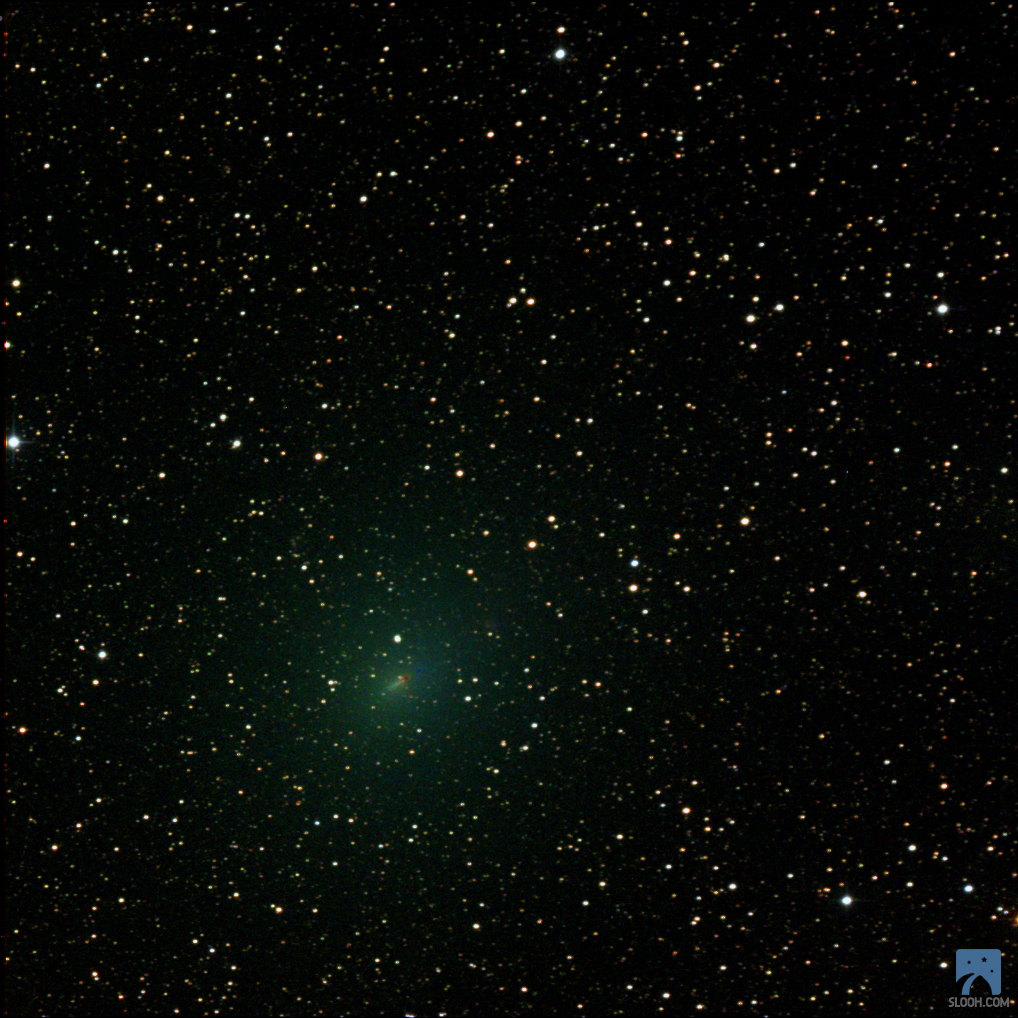'Snow Moon' Eclipse & Green Comet a Double Treat for Skywatchers (Photos, Video)

A penumbral lunar eclipse and a bright green comet gave skywatchers across the globe a double treat Friday night (Feb. 10) and early into Saturday morning.
The full Snow Moon spent over four hours gliding through Earth's outer shadow, or the penumbra, causing a large portion of the moon to appear darker than usual. Meanwhile, Comet 45P swooped in for its closest approach. As the comet glowed at its maximum brightness, skywatchers could get a rare glimpse of the beautiful, green comet with binoculars and telescopes. You can see a video of Comet 45P here, courtesy of the Slooh Community Observatory.
Slooh shared live telescope views of both the Snow Moon eclipse and Comet 45P from Chile and the Canary Islands while astrophotographers around the world captured the celestial events on camera. Here are some of the most amazing images shared by skywatchers. [See more photos of the Snow Moon eclipse & Comet 45P]
Astrophotographer Chris Cook watched the Snow Moon eclipse from his observatory in Cape Cod, Massachusetts. In his telescope image, which was taken close to the eclipse's peak, you can see Earth's penumbral shadow encroaching on the moon's upper limb.
"Visually, the darkening of the moon by the penumbral shadow was easily detected," Cook told Space.com. "Conditions were quite appropriate for the Snow Moon eclipse as we had received 10 inches of snow the day before."
Because the moon does not enter the dark middle of Earth's shadow (called the umbra) during a penumbral eclipse, the moon only appears to darken slightly. During Friday's eclipse, the upper portion of the moon grew noticeably darker while the lower portion appeared to glow as usual. [Infographic: How Lunar Eclipses Work]

Slooh kept its cameras pointed at the moon throughout the entire 4 hour-long eclipse. While the eclipse may not have been obvious at a glance to the casual observer, Slooh's telescope views from before and during eclipse show a distinct difference that is pretty impressive for a penumbral eclipse.
Get the Space.com Newsletter
Breaking space news, the latest updates on rocket launches, skywatching events and more!
People often claim that penumbral lunar eclipses are not even worth watching, because the effect is too subtle to see. But Slooh's side-by-side comparison shows how remarkably visible this eclipse was. Because the moon ventured farther into the penumbra than with most of these kinds of eclipses, the shadow reached across 70 percent of the moon's face, making for an exceptional view.

After the lunar eclipse ended, Slooh began streaming live views of Comet 45P//Honda-Mrkos-Pajdušáková as it whizzed by Earth. The comet's closest approach happened early Saturday morning (Feb. 11) at about 3 a.m. EST (0800 GMT). The glowing, green spectacle passed 7.4 million miles (12 million kilometers) by Earth, which is closer than any comet has come in more than 30 years.

The bright green comet was visible to skywatchers using the aid of binoculars and telescopes, but it was too faint to see with the naked eye. As the comet makes its way away from Earth and farther out into the solar system, it can still be spotted (with stargazing equipment) for at least a few more days. You can track Comet 45P here.
Email Hanneke Weitering at hweitering@space.com or follow her @hannekescience. Follow us @Spacedotcom, Facebook and Google+. Original article on Space.com.
Join our Space Forums to keep talking space on the latest missions, night sky and more! And if you have a news tip, correction or comment, let us know at: community@space.com.

Hanneke Weitering is a multimedia journalist in the Pacific Northwest reporting on the future of aviation at FutureFlight.aero and Aviation International News and was previously the Editor for Spaceflight and Astronomy news here at Space.com. As an editor with over 10 years of experience in science journalism she has previously written for Scholastic Classroom Magazines, MedPage Today and The Joint Institute for Computational Sciences at Oak Ridge National Laboratory. After studying physics at the University of Tennessee in her hometown of Knoxville, she earned her graduate degree in Science, Health and Environmental Reporting (SHERP) from New York University. Hanneke joined the Space.com team in 2016 as a staff writer and producer, covering topics including spaceflight and astronomy. She currently lives in Seattle, home of the Space Needle, with her cat and two snakes. In her spare time, Hanneke enjoys exploring the Rocky Mountains, basking in nature and looking for dark skies to gaze at the cosmos.









